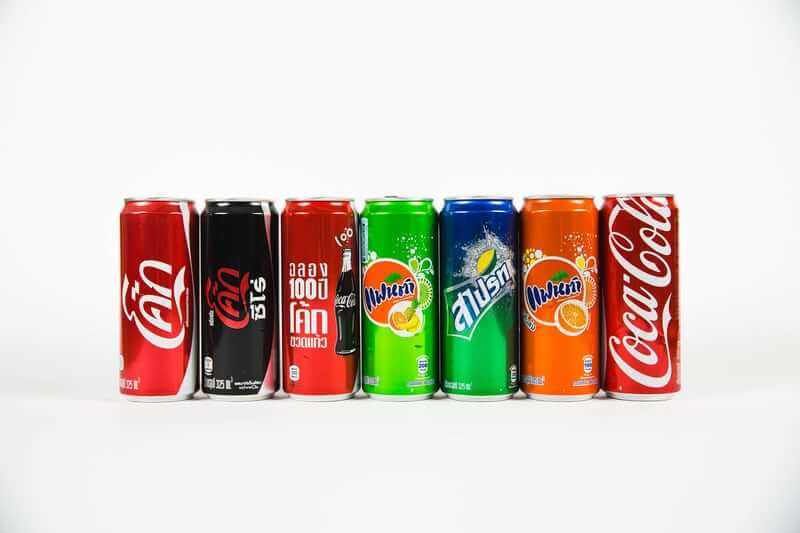The total complexity of a system is a constant.
Tesler's Laws
Systems have an inherent amount of complexity that cannot be reduced. Also known as "The Law of Conservation of Complexity".

Overview
Tesler (the computer guy, not the electricity guy) famously said "Every application has an inherent amount of irreducible complexity. The only question is: Who will have to deal with it — the user, the application developer, or the platform developer?"
It isn't simple to make things simple. The products that you find the easiest to use have likely had hundreds and hundreds of hours of work put into them. It takes a lot of work to make something 'simple'. By reducing complexity for the user, we are shifting complexity onto the designers, developers, etc.
But this is our job as designers / developers / product managers! It is our responsibility to pick up the burden so that our users can have the best possible user experience.

However, it's worth bearing in mind that some products are inherently complex and it would be counter-intuitive to attempt to simplify them. For example, finding a mortgage is a complex topic and the user requires information in order to make a decision which is right for them. Friction is often seen as an enemey to UX, but some intentional use of friction can sometimes help the user making the decision that's best for them.
Key points
Making something more simple for a user will add complexity in other areas.
Simple does not inherently mean better. Sometimes friction can help a user.
Other UX Laws
Miller's Law
Miller's Law states that the average person can only keep 7 (plus or minus 2) items of information in their working memory at a time.

Jakob's Law
Jakob's Law states that users spend more time on other websites so they expect your website to work in the same way, that they are already familiar with.

Von Restorff Effect
Also known as "The Isolation Effect", the Von Restorff Effect states that users are more likely to remember an object if it is visually different from similar objects.
